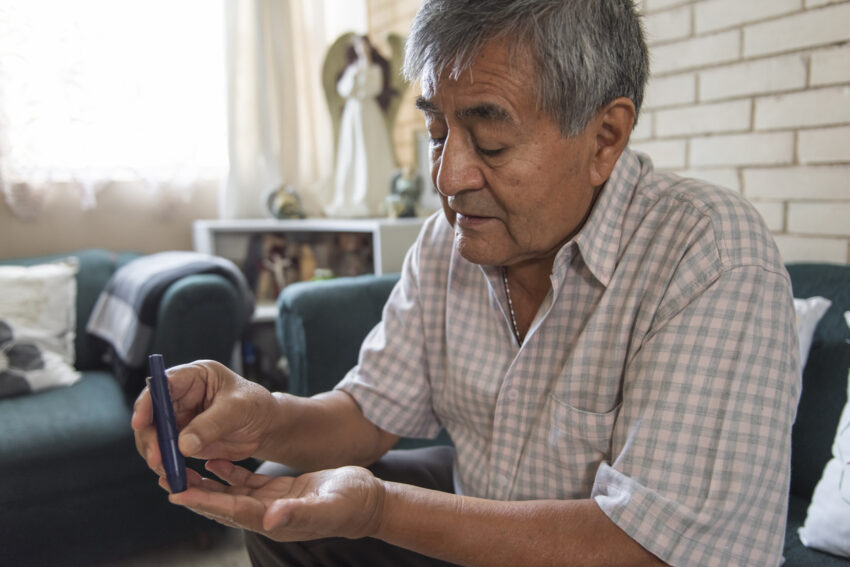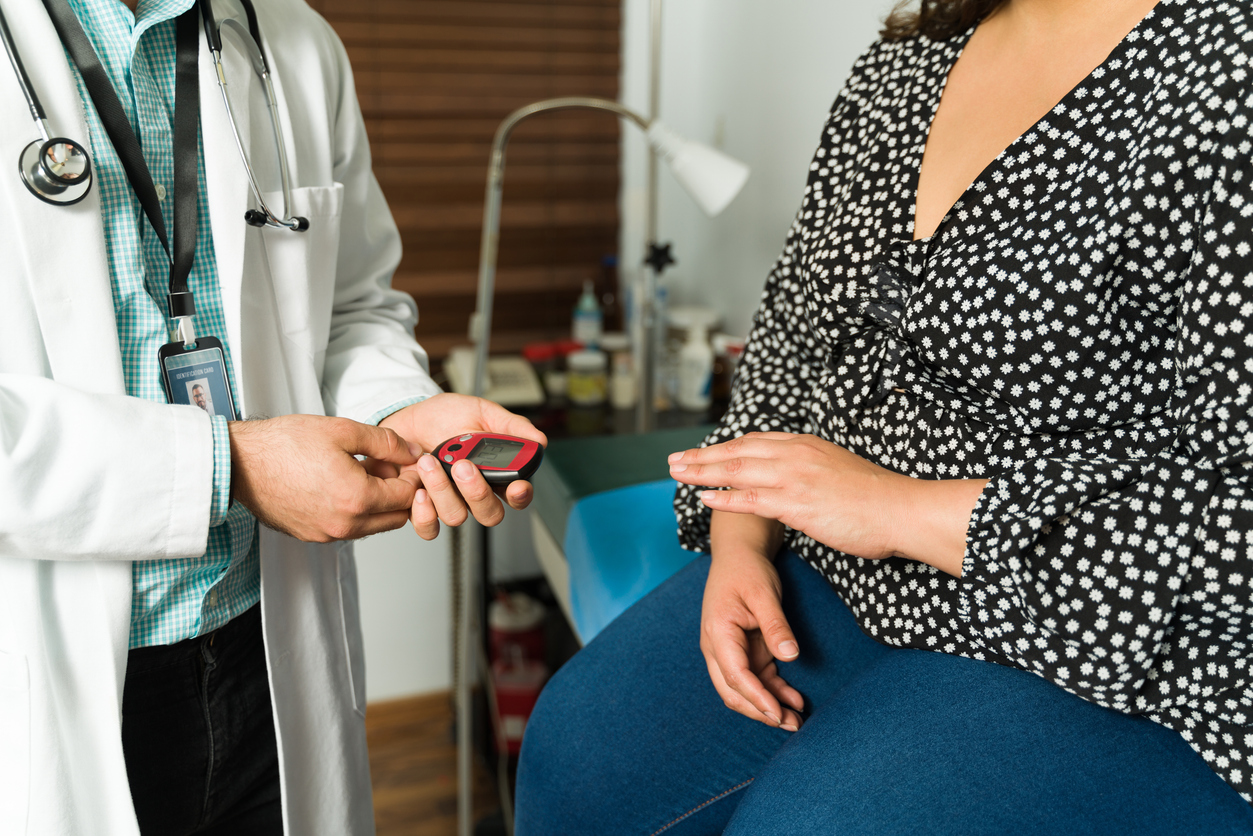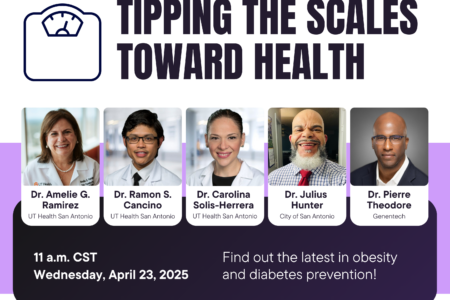
Share On Social!
Diabetes is one of the most prevalent chronic diseases in the country, impacting 38 million adults in the US, according to the Centers for Disease Control and Prevention (CDC).
The long-lasting condition also contributes to heart disease and cancer.
That is why it’s important to address the non-medical drivers of health – such as access to transportation, healthy foods, and green spaces for safe play and exercise – which can influence risk for diabetes, especially for those genetically predisposed to it.
Let’s dive into some new studies that explore diabetes and its impact on all people.
1. Issues with Diabetes for Those in Tough Financial Situations
Poverty can be a huge factor in the development of diabetes, especially in early childhood with those who experience food insecurity.
Due to non-medical drivers of health (NMDoH) that impact quality of living, people of certain backgrounds are likely to live in tough financial situations, making them more susceptible to diabetes and obesity.
A new study found a correlation between finances, background, and diabetes.
According to the study, diabetes rates among people of different backgrounds were: Black individuals (47%), Latino individuals (31%), and other individuals (76%). Meanwhile, those from low and middle income backgrounds experienced a 37% and 22% higher prevalence of diabetes.
In the end, researchers concluded that people of different backgrounds and those from low-income communities “had a greater prevalence of diabetes” and more should be done to address these issues.
2. Sugary Drinks Linked to New Cases of Diabetes Worldwide
For several years, medical professionals and researchers have studied the link between sugary drink consumption and health.
The consensus is that drinking large amounts of soda and juice can increase adverse health risks, such as diabetes, for children and adults.

For instance, one study found that having more than two of these beverages daily can increase your risk for prediabetes.
Between focused ads and higher exposure to unsafe drinking water, many people, including many Latinos, are exposed to consumption of sugary drinks.
The same study found that Latinos who drink more than two sugary beverages a day are 1.3 times more likely to be diagnosed with prediabetes.
A recent global study published by Nurture Medicine found that drink consumption was responsible for 2.2 million new cases of diabetes and 1.1 million new cases of heart disease a year. Many of these new cases were situated in Latin America and the Caribbean.
The new cases in these areas accounted for 24% of new type 2 diabetes cases in 2020.
In addition, sugary drinks contributed to nearly half (48%) of new diabetes cases in Colombia and nearly 25% of new cases in Mexico.
“Sugar-sweetened beverages are heavily marketed and sold in low- and middle-income nations,” Dariush Mozaffarian, one of the paper’s authors, told The Guardian. “Not only are these communities consuming harmful products, but they are also often less well equipped to deal with the long-term health consequences.”
3. Use of Artificial Intelligence for Diabetes
Since the pandemic, the US has found new ways to increase access to healthcare.
Many of those have been using technology to advance healthcare whether it be through telehealth appointments and studies or revolutionizing existing technologies to work for patient care.
This next study sees an opportunity to use artificial intelligence (AI) to help make predictions and medical diagnosis for diabetes and all the complications that come with it.
The study published in the Journal of Diabetes Science and Technology explores the possibilities of using AI to help improve the prediction and diagnosis of six significant complications of diabetes (gestational diabetes, hypoglycemia in the hospital, diabetic retinopathy, diabetic foot ulcers, diabetic peripheral neuropathy, and diabetic nephropathy).
The research suggests that AI could potentially improve areas such as screening and diagnosis, improve quality of life, and decrease healthcare costs.
What’s more, there is evidence that supports AI could have a larger role in diabetes management, such as the use of activity monitors, leading to better treatment plans and improved patient outcomes.
While implementation and potential differ between the diagnoses, researchers concluded that the possibilities that AI hold to overhaul diabetes care are endless and essential for creating precision medicine for diabetes.
What Does Diabetes Look Like Where You Live?
How is the state of health in your community?
Find out by downloading a Salud America! Health Report Card for your town!
Enter your county name and get auto-generated local data with interactive maps and comparative gauges on several health indicators. This can help you visualize and explore local issues in education, housing, transportation, food, health, and more.
See how your county stacks up compared to the rest of your state and nation.
Then email the Report Card to local leaders to raise awareness, include the data in a presentation or grant proposal, or share it on social media to drive healthy change in your community!
By The Numbers
1
Supermarket
for every Latino neighborhood, compared to 3 for every non-Latino neighborhood



